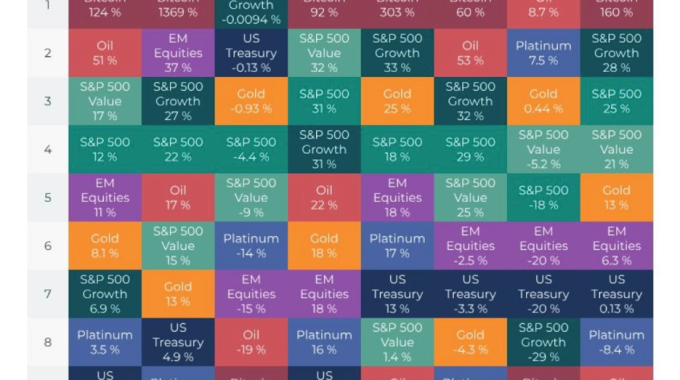Digital Assets 101

As we step into 2024, the financial world is buzzing with the latest developments in Bitcoin and the broader digital asset landscape. With the anticipation of U.S. approval for spot Bitcoin ETFs, it’s a great moment to deepen our understanding of this evolving asset class as it continues to gain mainstream attention.
What is Bitcoin?
Bitcoin (BTC) is the pioneer in decentralized cryptocurrencies, built on blockchain technology that ensures secure and verified transactions. It’s a system free from centralized control, relying instead on cryptographic methods for transaction security. The Bitcoin protocol is designed to produce a total of 21 million coins, with a unique feature called “bitcoin halving” that gradually reduces the new coins’ issuance rate. This scarcity principle is a fundamental aspect influencing Bitcoin’s value.
Understanding the Regulatory Landscape
- UAE: Progressive and supportive of crypto businesses.
- EU: Structured regulations for consumer protection and market stability.
- Hong Kong: Increasing regulatory clarity for safer transactions.
- USA: Complex and diverse political views, with evolving legislation on cryptocurrencies and stablecoins.
There’s More than Bitcoin
While Bitcoin remains a significant player, the crypto ecosystem has expanded to include various digital assets like NFTs, stablecoins, and CBDCs, contributing to a global market cap of $1.81 trillion. The need for a comprehensive digital asset benchmark is becoming increasingly apparent.

Classification and Vernacular
Understanding the broad spectrum of digital assets requires familiarization with classification standards like DACS by CoinDesk Indices, and the crypto vernacular, with resources like the Grayscale Glossary and the CoinDesk Glossary.
Embracing digital assets is becoming indispensable in the dynamic financial landscape. Here’s to the journey in navigating this exciting new world of digital assets!
